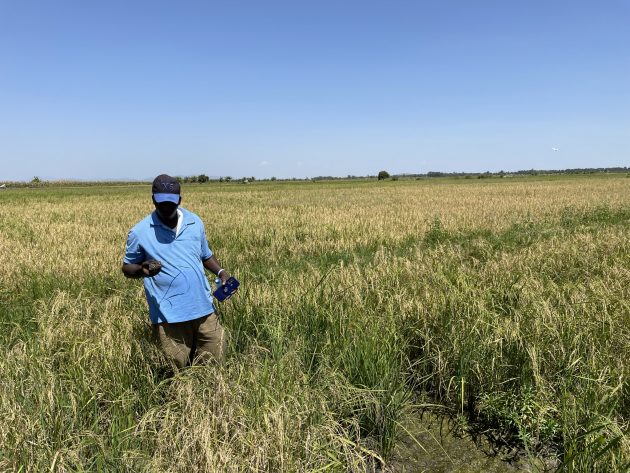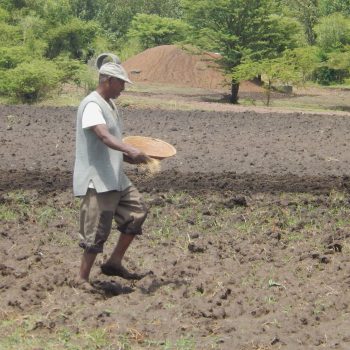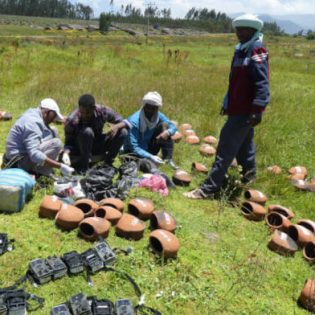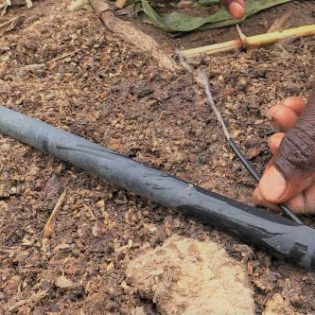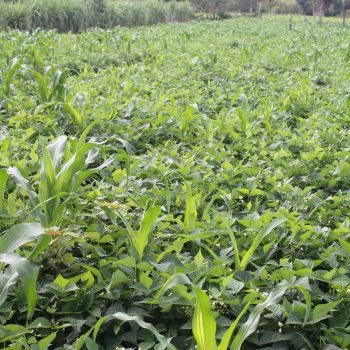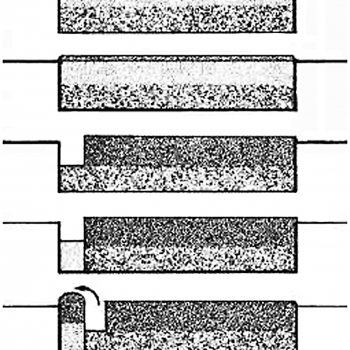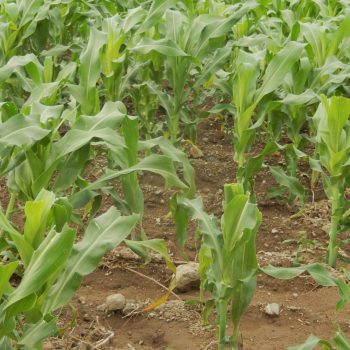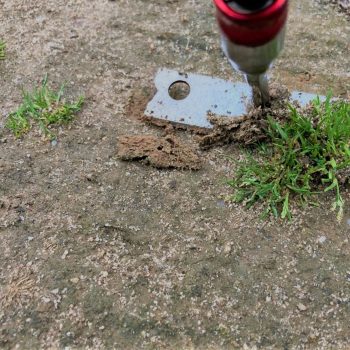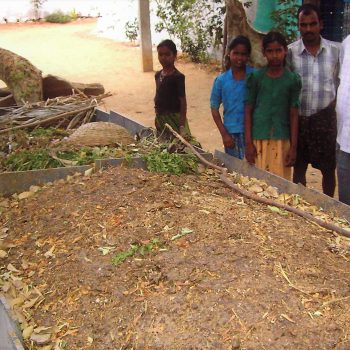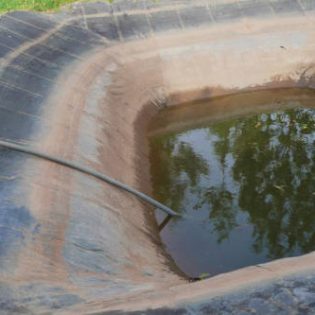- Avoidance—prevent disease by selecting a time of the year or a site where there is no inoculum or where the environment is not favourable for infection.
- Exclusion—prevent the introduction of inoculum.
- Eradication—eliminate, destroy, or inactivate the inoculum.
- Protection—prevent infection by means of a toxicant or some other barrier to infection.
- Resistance—utilize cultivars that are resistant to or tolerant of infection.
- Therapy—cure plants that are already infected.
An important consideration though is that the steps imply a goal of zero disease, which in most cases is not feasible. The principles should therefore be fitted into an overall strategy based on (disease specific) epidemiological principles, ie. that of studying the distribution (frequency, pattern) and determinants (causes, risk factors) of crop related states and events, looking at not only the disease itself but particularly looking at the cropping environments and pathways in which diseases (or inoculum[1]) spread.
Some examples that follow from the considering of the above principles are provided below (from (Akanmu et al., 2021; Berger, 1977) (Organic Growers School).
- Exclusion / or control of disease by reduction of initial inoculum (selection of): treatment of seed with hot water or chemicals to kill seedborne pathogens; seed indexing and certification; crop rotation, changing the planting area of crops every season will help prevent disease, especially soil-borne pathogens; deep ploughing of crop refuse is used to minimize losses to Septoria on wheat; heat therapy of crops, e.g. used to control sugarcane ratoon stunt
Protection / control of disease by slowing the rate of infection (selection of): alter the microclimate of a crop: maintain good airflow between plants, by ensuring adequate spacing, minimal weeds, and varied architecture (i.e have tall and short plants together); sow or plant crops at a time of year that is less favourable for disease; plant spacing and row planting, considering that rows oriented in the direction of prevailing winds (or with
- east-west orientation for sunlight penetration) create drier and less favourable conditions; where sequential planting takes place ensuring crops that are harvested later are not in the prevailing winds of those harvested earlier (as disease is usually maximal when crops are harvested); timing the application of organic (organic materials or biological control) or chemical fungicides so that they are synced with infection rates
- Control of the disease by shortening time of exposure: crop transplantation, the setting of vigorous plants with a well developed root system ensures quicker establishment of the crop and shorten the time to maturity; use of short season varieties; strive for healthy soils and maintain adequate moisture (not too much) to avoid any slowdown of crop growth are the most common techniques to shorten the exposure of crops to pathogens; control of weeds that if part of the same family as the crop can transmit and/ or harbour diseases for current standing crops or next season.
Finally, as a lot is to be said about the control of plant diseases and many of the above measures need to be considered jointly; approaches such as the Biorational Approach described by (Akanmu et al., 2021) can provide comprehensive (plant health) guidance to ‘new’ ways in sustainable agricultural practice.
| References | Akanmu, A.O., Babalola, O.O., Venturi, V., Ayilara, M.S., Adeleke, B.S., Amoo, A E., Sobowale, A.A., Fadiji, A.E., & Glick, B.R. (2021). Plant Disease Management: Leveraging on the Plant-Microbe-Soil Interface in the Biorational Use of Organic Amendments. Frontiers in Plant Science, 12. https://doi.org/10.3389/fpls.2021.700507
Berger, R.D. (1977). Application of Epidemiological Principles to Achieve Plant Disease Control. Annual Review of Phytopathology, 15(1), 165–181. https://doi.org/10.1146/annurev.py.15.090177.001121 |
| Additional sources | Jones, R.A.C. 2021. Global Plant Virus Disease Pandemics and Epidemics. Plants, 10, 233. https://doi.org/10.3390/plants10020233 |
Additional information
| Agriculture | Flood/spate irrigated, Irrigated, Rainfed (Crop) |
|---|
